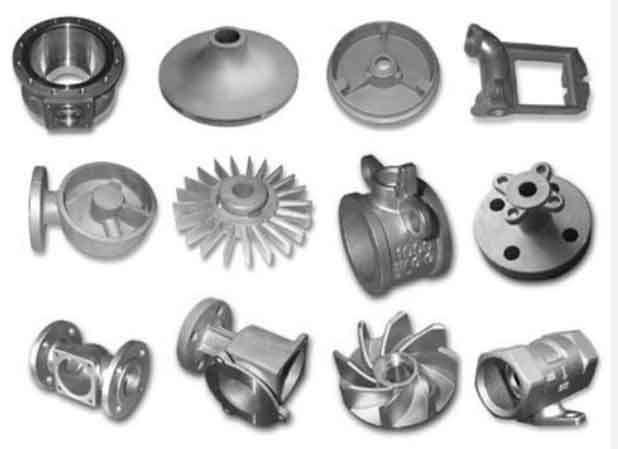Grey cast iron is a type of cast iron known for its distinct grey color, which is a result of the graphite flakes present in its microstructure. It possesses unique properties and characteristics that make it suitable for a wide range of applications. Here is an overview of the properties, characteristics, and applications of grey cast iron:

1. Composition: Grey cast iron is primarily composed of iron (Fe) and carbon (C), with carbon content typically ranging from 2.5% to 4%. It also contains silicon (Si), which promotes the formation of graphite flakes, along with small amounts of other elements such as manganese (Mn), sulfur (S), and phosphorus (P).
2. Microstructure: The microstructure of grey cast iron consists of graphite flakes dispersed in a matrix of ferrite and pearlite. The presence of graphite flakes provides several unique properties, including good machinability, damping capacity, and wear resistance.
3. Strength and Hardness: Grey cast iron exhibits high compressive strength and good hardness, making it suitable for applications that require load-bearing capacity and resistance to wear and impact. The hardness of grey cast iron typically ranges from 150 to 250 Brinell, depending on the specific composition and heat treatment.
4. Castability: Grey cast iron is highly castable, allowing for complex shapes and intricate designs to be easily produced. Its low melting point and good fluidity when molten enable it to fill molds with fine details, resulting in near-net shape components and reducing the need for extensive machining.
5. Damping Capacity: Grey cast iron has excellent damping properties, meaning it can absorb and dissipate vibrations and noise. This makes it suitable for applications where vibration control is important, such as machine tool bases, engine blocks, and gearboxes.
6. Wear Resistance: The presence of graphite flakes in the microstructure of grey cast iron provides inherent solid lubrication, resulting in good wear resistance. It is commonly used for components that experience sliding or abrasive wear, including brake rotors, cylinder liners, pump housings, and machine tool parts.
7. Thermal Conductivity: Grey cast iron exhibits good thermal conductivity, allowing it to effectively dissipate heat. This makes it suitable for applications involving heat transfer, such as engine blocks, cylinder heads, and heat exchangers.
8. Applications: Grey cast iron finds extensive use in various industries and applications, including:
- Automotive: Engine blocks, cylinder heads, brake components, and suspension parts.
- Machinery and Equipment: Machine tool bases, frames, gearboxes, and hydraulic components.
- Construction: Manhole covers, drainage systems, and architectural components.
- Pipe and Fittings: Grey cast iron pipes and fittings for water and sewage systems.
- Pump and Valve Components: Pump housings, impellers, valve bodies, and valve discs.
It’s important to note that grey cast iron may not be suitable for applications requiring high tensile strength, corrosion resistance, or elevated temperature performance. In such cases, alternative materials like steel or specialized alloys may be more appropriate. However, for applications that prioritize cost-effectiveness, machinability, wear resistance, and damping capacity, grey cast iron remains a preferred choice.
